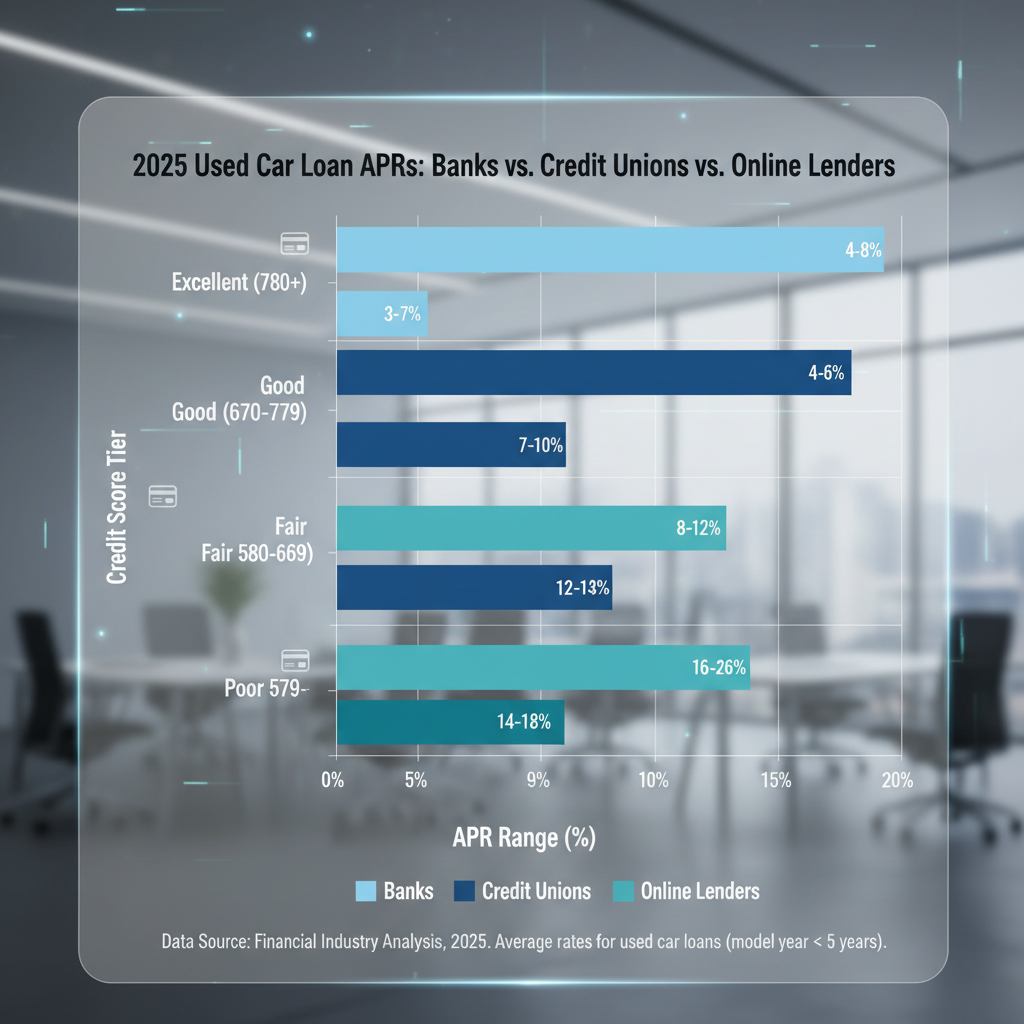Who’s Winning the Used Car Loan Race in 2025? Inside the Showdown: Banks, Credit Unions, or Online Lenders
🔒
Contents
Premium Content Locked
This exclusive content requires viewing a short video advertisement to unlock.

Contents
This exclusive content requires viewing a short video advertisement to unlock.